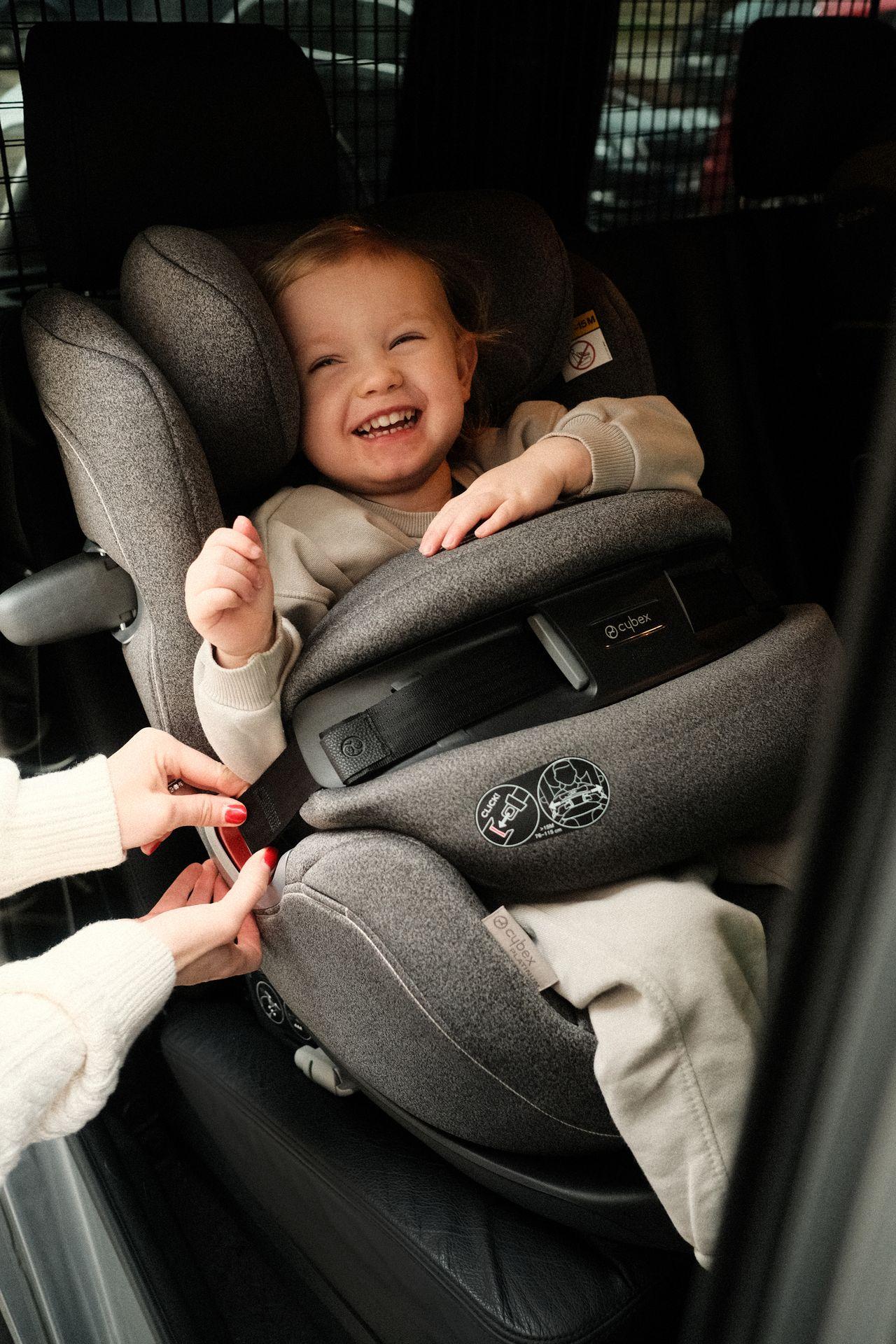autostoelen gids: van pasgeboren baby tot twaalfjarige avonturier
Een uitstapje naar de stad of een wereldreis, elke rit met je kleintje is een avontuur om te koesteren. In de wereld van autostoelen is veiligheid de absolute prioriteit. In België is het verplicht om een geschikt beveiligingssysteem te gebruiken voor kinderen onder de 12 jaar en kleiner dan 1,35 meter. Het kiezen van de juiste autostoel op basis van de grootte en het gewicht van je kind is dus van cruciaal belang.
autostoelen
voor elke leeftijdsgroep
Autostoelen bestaan in verschillende groepen. Dit gaat van groep 0 voor pasgeboren baby'tjes tot groep 2/3 voor kinderen tot 12 jaar. Hieronder kan je alles gerangschikt en duidelijk terug vinden.
met of tegen de rijrichting (i-size)
i-Size (R129) is een Europese richtlijn inzake autostoeltjes, deze is sinds juli 2013 van kracht. De regels maken deel uit van de R129-norm en gelden voor alle nieuwe autostoeltjes voor baby's, peuters en kleuters tot 4 jaar.
Autostoeltjes die voldoen aan de R129- norm bieden extra bescherming van hoofd en nek en vervoeren baby's en peuters tot 15 maanden achterwaarts. Voor het vastmaken van de autostoelen is het gebruik van een ISOFIX-basis noodzakelijk omdat dit de kans op foutieve installatie vermindert.
groep 0 en 0+ (tegen de rijrichting)
In een groep 0+ autostoel kan je spruitje langer achterwaarts vervoerd worden dan in een groep 0 autostoel. Je kan de autozitjes tegen de rijrichting zowel voorin als achterin de wagen plaatsen, tenzij er een frontale actieve airbag aanwezig is. Is dat het geval, dan is het wettelijk verplicht de airbag te deactiveren. Lukt dit niet, dan moet het babyzitje achteraan geplaatst worden. Het zitje kan gebruikt worden tot je kleintje 13 kg weegt of tot z'n hoofdje boven de rugsteun uitsteekt. Is dit het geval, dan wordt het tijd voor een nieuw zitje.
groep 1 (met of tegen de rijrichting)
Een groep 1 autostoel is er eentje met rugleuning waarbij je kleintje nog wordt vastgemaakt met riempjes aan het zitje. De montage van dit soort stoeltje is afhankelijk van het type stoel, raadpleeg dus steeds de gebruiksaanwijzing. Gebruik deze autostoel tot je kleintje 18 kg weegt of tot wanneer het hoofd van je spruit boven het autozitje uitsteekt.
groep 2 en 3 (met de rijrichting)
Het groep 2 autozitje is een autostoel met rugleuning waarbij je jouw kleintje vastmaakt met de autogordel. Dit kan je gebruiken van 15 kg tot 25 kg of van plusminus 3 tot 12 jaar. Overschakelen naar een autostoel van groep 2/3 kan, wanneer je spruitje minstens 110 cm groot is en minstens 15 kg weegt. De autostoel met rugleuning (groep 2) blijft de veiligste keuze. Deze autostoelen bevatten een hoofdsteun en zijsteunen en bieden betere bescherming bij zijwaartse aanrijdingen.
belangrijke veiligheidsvereisten
Er zijn heel wat verschillende modellen van autostoelen op de markt met uiteenlopende installatiemethodes. Om jouw autostoel correct te installeren is het noodzakelijk de gebruiksaanwijzing goed te lezen vooraleer je over gaat tot de installatie ervan.
De twee Europese normen die van toepassing zijn voor het veilig vervoeren van kinderen in de wagen zijn enerzijds norm ECE/R44 voor de klassieke autostoelen en anderzijds de nieuwe i-Size (R129) norm van 2013 voor vervoer van kinderen in een zitje dat langer tegen de rijrichting kan worden gebruikt dan de klassieke zitjes. Autostoelen moeten verplicht voldoen aan het ECE R44- keurmerk, dit herken je aan het oranje label. De nieuwe i-Size norm van 2013 is (nog) niet verplicht maar biedt je kleintje extra veiligheid. De meeste nieuwe autostoelen voldoen al aan deze norm.


